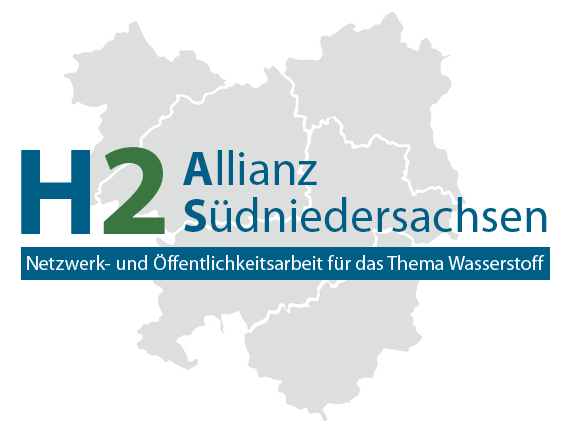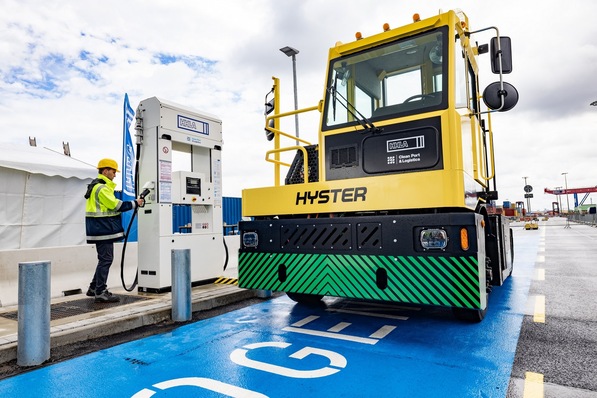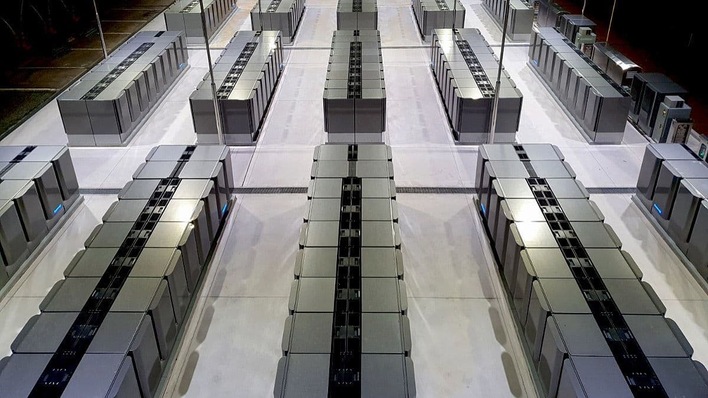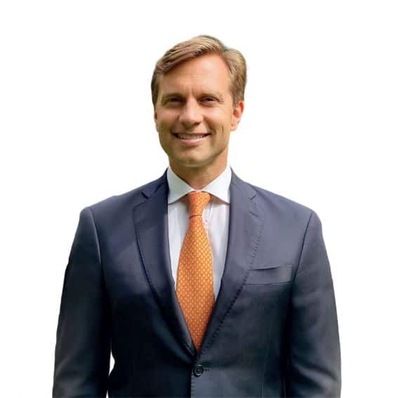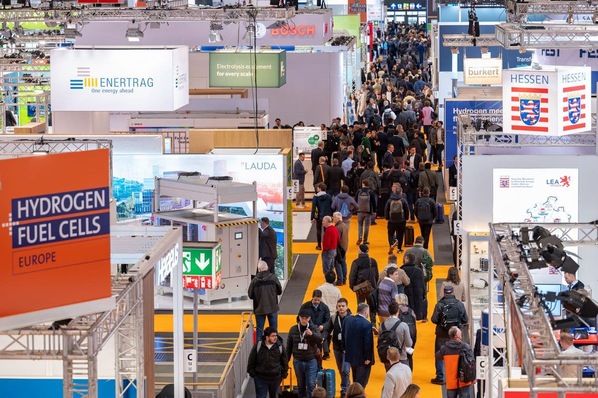To prevent electricity from being fed into the grid at negative prices due to a lack of alternatives, the AGil project aims to develop new business models for municipal utilities and distribution system operators in rural areas. The focus is on the local use of surplus electricity from wind and solar power plants by converting it into hydrogen. This hydrogen can then be used flexibly or stored – for example, for mobility, heating, or reconversion into electricity.
The project investigates how intelligent control of power grids can be efficiently operated in combination with storage solutions and flexible consumers – such as heat pumps, electric vehicles, or electrolysers.
Technology-neutral model for decentralized energy supply
Rural areas play an important role in the future supply of renewable energy. There is available space for PV and wind power plants or, for example, electrolysers. However, to fully exploit the potential of these systems, the infrastructure must be expanded. The AGil project, which started on September 1, 2025, in southern Lower Saxony, aims to determine how this can be made profitable for both distribution system operators and consumers.
In several interdisciplinary subprojects, technical, economic, legal, and political framework conditions are being analyzed. The goal is a transferable model that offers investment security for municipal utilities and enables new business models.
AGil is coordinated by the Hydrogen Alliance of Southern Lower Saxony at the Südniedersachsen Foundation. Project partners include the University of Göttingen, Clausthal University of Technology, Darmstadt University of Applied Sciences with its research group sofia, Harz Energie Netz GmbH, and the municipal utilities of Göttingen and Uslar.
AGil stands for “actor-stimulating and sector-coupling business models for municipal utilities in rural areas.” The Federal Ministry for Economic Affairs and Energy is funding the project over a period of three years with a total of 1.2 million euros.


